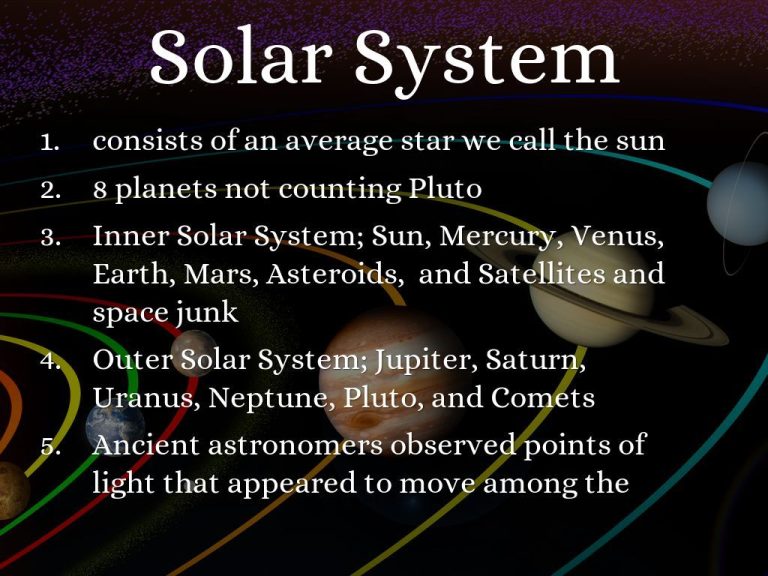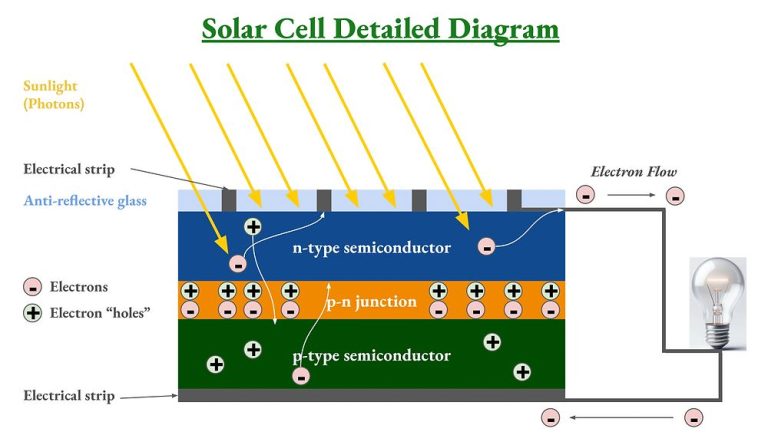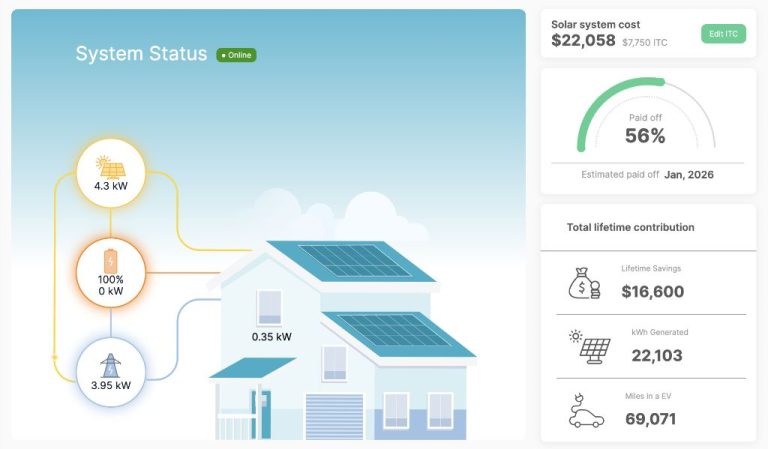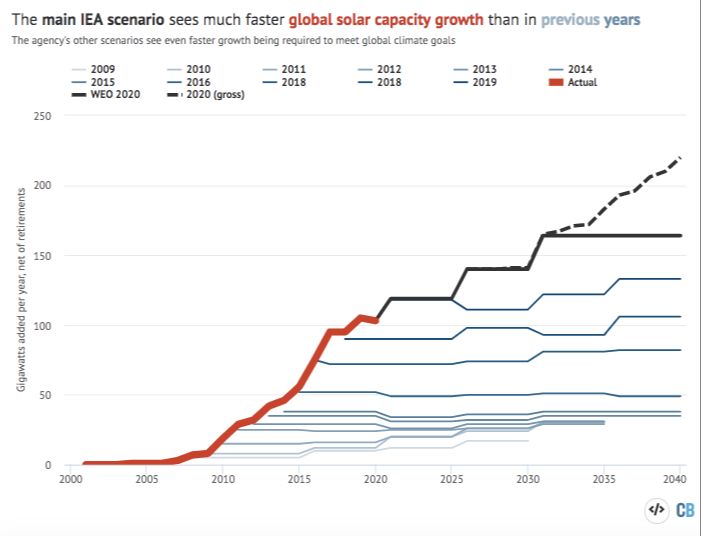How Accurate Is Google Project Sunroof?
Project Sunroof is a solar calculator created by Google to estimate the solar energy potential of rooftops across the United States. It uses Google Maps and Google Earth aerial imagery along with machine learning algorithms to analyze the solar potential of individual rooftops. Project Sunroof was launched in 2015 with the goals of making it easier for homeowners to evaluate their homes’ solar potential, increase access to affordable clean energy, and accelerate the adoption of solar power. By providing personalized solar estimates, Project Sunroof aims to encourage more homeowners to consider going solar by making the process simpler and more transparent.
Methodology
Project Sunroof calculates the solar potential for rooftops using aerial imagery from Google Maps and Google Earth to identify and analyze building rooftops. It employs machine learning models trained on 3D modeling data to estimate the roof orientation and solar exposure for tens of millions of rooftops across the United States [1].
To calculate the amount of sunlight that can reach a rooftop, Project Sunroof considers the effects of shading from nearby objects like trees and buildings. It uses complex 3D spatial analysis to identify obstructions and model how they will cast shadows onto the rooftop throughout the day and year [2]. This allows Project Sunroof to estimate the usable daylight hours with a high degree of accuracy.
Overall, Project Sunroof leverages Google’s mapping data and machine learning expertise to provide customized solar potential calculations for individual rooftops across entire cities and regions [3]. This massive scale of analysis sets it apart from other solar estimation tools.
Accuracy of Roof Orientation
Project Sunroof uses detailed 3D models based on high resolution aerial LiDAR and satellite imagery to determine the orientation and tilt of rooftops. According to Project Sunroof’s FAQ page, “Roof orientation matters. In the U.S., north-facing roof faces get less sun than south-facing roofs.” https://sunroof.withgoogle.com/faq/
While the imagery allows Sunroof to determine roof direction and tilt, it does have limitations in accuracy depending on roof complexity. For simple gable roofs, the orientation detection is quite accurate. However, for complex roofs with multiple slopes, dormers, valleys, etc., the 3D modeling has more potential for error. Overall, Sunroof’s roof direction assessment provides a good approximation, but may not be 100% precise in all cases.
A 2021 study in California compared Project Sunroof’s roof measurements against a large dataset of actual residential solar installations and found the orientation was accurate within 11 degrees on average. https://www.ecowatch.com/solar/google-project-sunroof So while minor deviations are possible, Sunroof largely gets roof direction right, giving users a reasonably accurate base for solar potential estimates.
Accuracy of Shading Calculations
Project Sunroof uses 3D modeling of rooftops along with imagery from Google Maps and Earth to identify potential shading objects like trees and buildings. According to Google (https://sunroof.withgoogle.com/faq/), it calculates shading hourly across an entire year to account for seasonal variations in shading from nearby objects. One analysis found that Project Sunroof’s shading calculations were reasonably accurate, but tended to slightly underestimate the amount of shading (https://www.midwestrenew.org/comparing-sunroof/). The 3D modeling can successfully identify major shading objects like large trees, but may miss more nuanced microshading effects from smaller obstructions. Overall, Project Sunroof provides a good baseline estimate of shading for most homes, but site surveys by installation professionals can capture more granular shading details.
Energy Production Estimates
Project Sunroof uses a sophisticated model to estimate the amount of solar energy a roof could potentially produce. The model takes into account roof size, slope, orientation, shading, local weather patterns, and solar panel efficiency to calculate estimated production.
According to Google’s own analysis, Project Sunroof’s energy production estimates have proven to be reasonably accurate when compared to actual production data from thousands of solar installations across the U.S. On average, the actual production from real-world solar installations aligns with Sunroof’s estimates within about 15%.
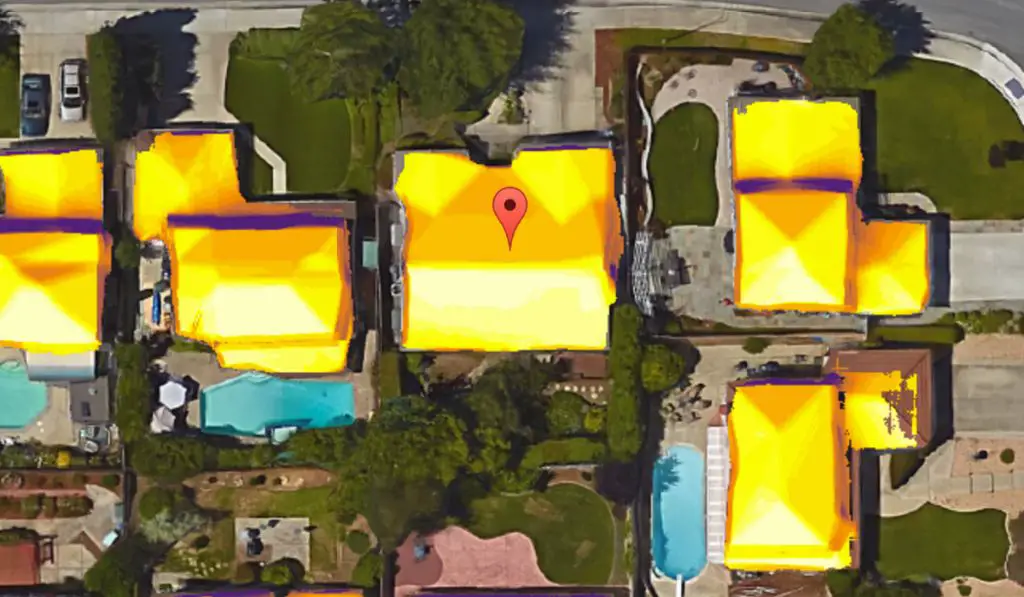
However, some analyses have found Sunroof’s estimates to be overly optimistic in certain situations. For example, one study by the Midwest Renewable Energy Association found that Project Sunroof’s production estimates for homes in the Midwest can exceed actual production by 20-50% [1]. Factors like snow cover and panel soiling, which are not accounted for in Sunroof’s model, can substantially reduce solar output in some regions.
Overall, Project Sunroof provides a good ballpark estimate for potential energy production. But site-specific factors may result in actual production being moderately lower than Sunroof’s projections, especially in snowy climates. Consulting with a local solar installer is recommended for a more customized and potentially more accurate production estimate.
Financial Estimates
Project Sunroof provides estimates on the potential electricity bill savings from installing solar panels based on factors like sunlight availability, electricity rates, and system prices in your area. However, some users have questioned the accuracy of these financial projections.
According to a Reddit discussion, Project Sunroof’s estimated savings can be optimistic compared to real-world results (Source). Actual savings may end up lower than projected due to differences in assumed electricity rate escalation, system production, and installation costs. However, Project Sunroof notes its financial estimates are tailored to residential systems and may not reflect commercial pricing (Source).
Overall, Project Sunroof provides a helpful starting point for assessing the financial viability of solar panels. However, it’s recommended to consult multiple solar quotes to get more customized and potentially more accurate savings estimates based on your specific roof and electrical load.
Limitations
Project Sunroof recognizes that its estimates have some limitations in accuracy due to the methodology and available data, particularly in certain situations. According to the Frequently Asked Questions page on the Project Sunroof website, estimates may be less accurate for homes with:
- Heavy shading from nearby trees or buildings that are not detected by satellite imagery
- Complicated rooftop geometries that are simplified in the 3D model
- Roofs made from materials other than asphalt shingles or tiles
- Locations where extensive local solar data is not available to tune the PV system model
Additionally, Project Sunroof does not account for potential limits on solar penetration imposed by some local utilities, as noted on the Data Explorer page for New York. The automated analysis also does not detect small roof obstacles like vents that could cause minor shading.
Comparisons to Other Tools
Project Sunroof stands out from other solar estimators because of its unique methodology that utilizes aerial imagery and light detection and ranging (LiDAR) data to analyze rooftops on a large scale. Whereas other tools rely on general location data or manual roof measurements, Project Sunroof leverages Google Maps and Google Earth imagery combined with advanced 3D modeling algorithms to assess rooftop solar potential for over 130 million buildings across all 50 states (source).
According to a comparison from the Midwest Renewable Energy Association, Project Sunroof provides relatively accurate estimations for solar potential and is more personalized than other web-based tools like the National Renewable Energy Laboratory’s PVWatts calculator. While PVWatts uses typical meteorological year weather datasets, Project Sunroof incorporates historical weather patterns and shading particular to each analyzed roof (source).
However, Project Sunroof’s strength in large-scale solar mapping comes at the expense of customization options. For a detailed analysis tuned to a home’s unique specifications, other tools like Aurora Solar and EnergySage Solar Calculator offer more adjustable inputs. Nonetheless, Project Sunroof remains an excellent starting point to gauge solar potential thanks to its extensive rooftop modeling from aerial scans (source).
Future Improvements
Project Sunroof has already expanded significantly since its launch, covering over 130 million buildings across the United States as of 2020 (UNFCCC). However, there are still ways the tool could become even more accurate and comprehensive:
Expanding the 3D modeling capabilities to cover more rooftop variables and obstructions. Currently Sunroof uses aerial imagery and public data to model rooftops, but on-site evaluations could provide more detail on actual roof dimensions, tilt, and shading (Verma).
Incorporating more localized weather and solar data, which can vary significantly even within cities. This could help refine energy production estimates (Project Sunroof FAQ).
Offering more customized financial estimates based on utility rates and net metering policies for each address.
Comparing results to actual solar installations over time and adjusting models accordingly.
Overall, Project Sunroof aims to continuously enhance accuracy as more data becomes available. While estimates provide a helpful starting point today, improvements in satellite imagery, weather data, and energy modeling will allow the tool to become even more precise going forward.
Conclusion
In summary, Project Sunroof provides a valuable starting point for homeowners interested in solar power, but it should not be the only tool used when evaluating solar potential. The tool tends to be reasonably accurate for roof orientation analysis, but can be less precise when estimating shading. Energy production estimates are fairly reliable on average, but can deviate significantly for individual homes. Financial projections of potential savings should be interpreted very cautiously, as many simplifying assumptions are made. While limitations exist, Project Sunroof remains one of the most accessible and user-friendly solar evaluation tools available to the public today. When used as an initial screening tool in conjunction with more detailed site assessments and quotes from installers, Project Sunroof can help homeowners make informed decisions about going solar.


